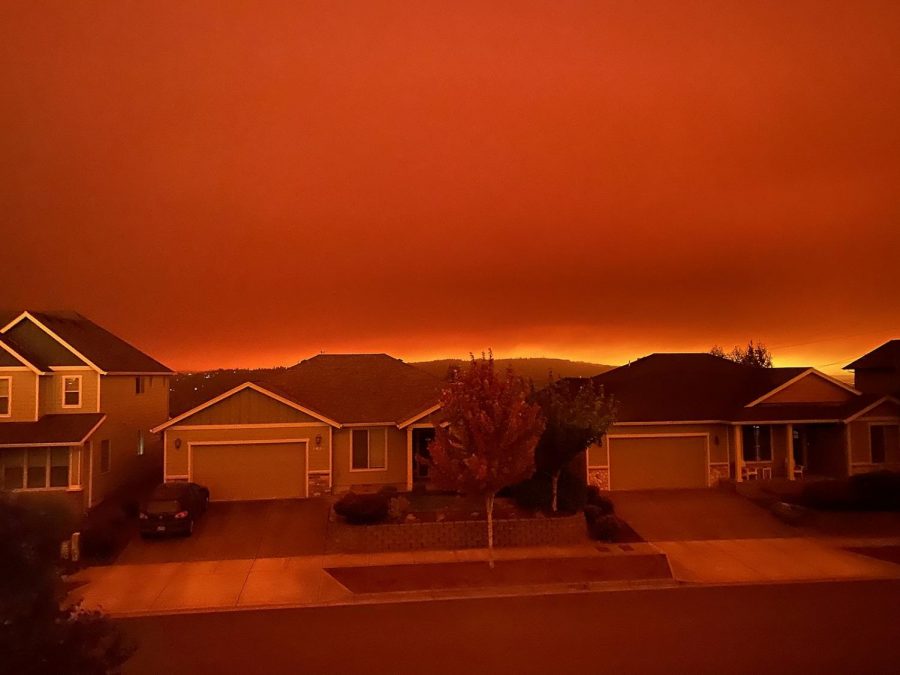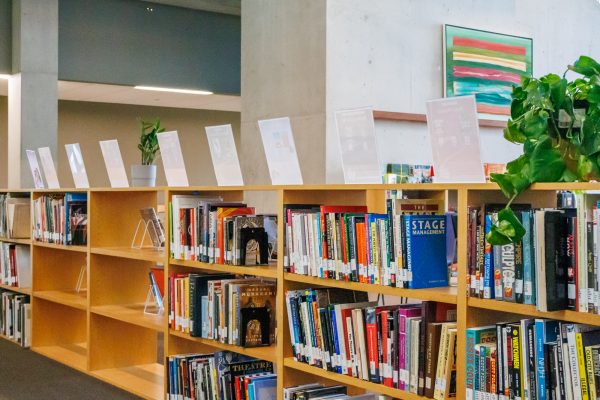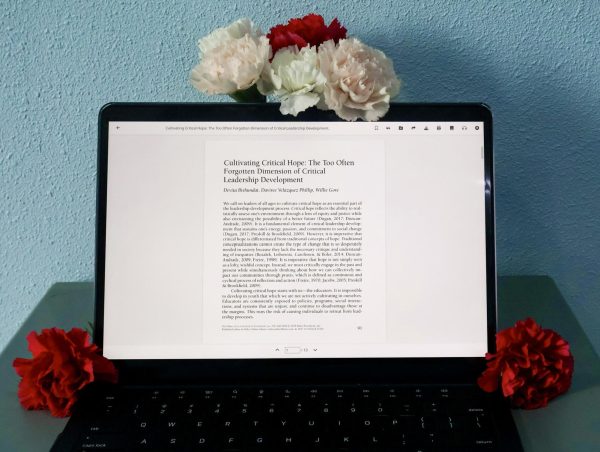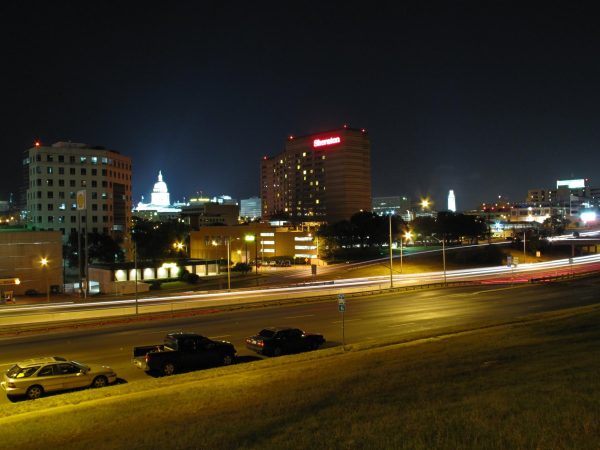Oregon wildfires ignited by climate change setting an alarm for SEU community
Bruhmoney77 / Creative Commons
Through the end of July 2020, 90% of Oregon’s wildfires had been caused by humans versus a yearly average of 70%, according to Oregon Public Broadcasting.
Wildfires have ravaged across Oregon burning nearly 960 thousand acres, or 727, 273 football fields, with 28 active fires as of Sept. 17, according to the state’s Office of Emergency Management. Apart from the fires burning forests and homes, those fleeing the flames can’t escape the hazardous air quality which was the worst in the world on Sept. 14. Portland, OR which typically has an Air Quality Index (AQI) of 50 or below, set a new record of 477 AQI on Sept. 13. Bend, OR hit 507 on Sept.12. These numbers are alarming with the Environmental Protection Agency classifying any rating above 150 as “unhealthy” and anything above 301 “hazardous.”
Oregon Governor Kate Brown said wildfires started due to an “incredible windstorm,” but that isn’t the full picture of how we got here.
“It’s decades of mismanagement of our forests in this country and it is the failure to tackle climate change. We need to do both, and we can,” Brown said.
Climate change experts are ringing the alarm about what grave irreversible damage will follow if we don’t take action now. They say that we only have until 2030 to avert catastrophe.
So, what can we do at St. Edward’s to help combat the effects of climate change?
Since the government has pulled out of the Paris agreement and deregulated climate change mitigation efforts, it is essential for universities to step up. To combat the effects of climate change, we must transform our energy system. Universities applying communal efforts to campus will be the example of what needs to be done on a global scale. We just can’t continue to use fossil fuels, and student leaders are aware of that.
In 2019, Students for Sustainability launched a Coalition for Climate Justice demanding St. Edward’s to be more transparent with the sources of energy used to power campus through annual reports. The reports, given to the student body, would outline what percentage of the campus’ energy came from “dirty” energy vs. “clean” energy (solar, wind). The university was also asked to drop usage of “dirty” energy by 45% by 2030, and to source 100% of campus energy from renewable energy by 2050. Since then, St. Edward’s has formed a Climate Justice Council comprised of student leaders and upper-level administration from the university and are planning to present 2019’s annual report to the student body this fall, outlining the percentages of the campus energy coming from “dirty” or “clean” sources.
In terms of both targets of emissions, James H. Morris III, Associate Vice President of Operational Affairs, says that St. Edward’s is planning on how to reduce “dirty energy” by 45% by 2030. Since the university is dependent on Austin Energy for almost all the energy the campus receives, the achievability of the 2050 goal is yet to be determined. It is also important to note that Austin Energy strives to be 85% “carbon free” by 2023 and plans to completely eliminate coal as an energy source. But as of right now there isn’t any specific plan for 100% renewable energy sourcing.
St. Edward’s strives to move towards more renewable energy in the future, unlike Austin Community College (ACC) which now powers two campuses, ACC Round Rock and ACC Elgin, with 100% renewable electricity. Both campuses now exclusively use wind and solar power. Before this transition of energy sources, eight ACC campuses already had rooftop solar panels.
St. Edward’s claims to also use wind energy to power campus, partnering with Austin Energy’s Green Choice Renewable Energy program as a “patron level member making a multi-year commitment in purchasing wind energy,” but the website doesn’t say how much of the campus’ energy comes from renewable sources. A 2017 report shows St. Edward’s only used 2.4% of renewable energy. However, due to lack of information disclosure on the university’s end in the past, we can only hope that number has gone up in the 2019 report.
The gross emissions for 2018 were 18,162 metric tons of carbon dioxide, and according to St. Edward’s, “the university is making progress on mitigating that because net emissions amount to 0.08 metric tons.” It’s great that the number went down, but it won’t be enough. St. Edward’s must commit to transitioning to 100% clean energy.
In 2007, Southwestern University students demanded the administration to commit to climate change mitigation, which led the university to purchase renewable energy credits from wind power to power campus 100% in 2010. Since then, they have been a leader of renewable energy among higher institutions — an example that student action can bring change. There is no excuse as to why we cannot transform our energy system. Renewable energy is cheaper than fossil fuels and Texas has the largest amount of wind power.
As of 2019, some of St. Edward’s sustainability efforts are electric car charging stations, rainwater catch systems, water conserving plumbing fixtures, heating, ventilation and air conditioning (HVAC) and energy efficient lighting. Construction has been environmentally conscious with about 90% of construction waste from the Alumni Gym and JBWS being either recycled or salvaged. Now, it’s time for St. Edwards to transform completely.
In order for St. Edward’s to transition to 100% renewable energy, they must install solar energy panels on rooftops and parking lots. They should purchase solar and wind energy that meets 100% energy usage. After transitioning the energy system, climate change mitigation depends on the food industry, and St. Edward’s has already committed to local and organic ingredients through Bon Appetit.
General Assembly President María Fernanda Espinosa Garcés of Ecuador at the UN states what is at stake: “We are the last generation that can prevent irreparable damage to our planet.”







